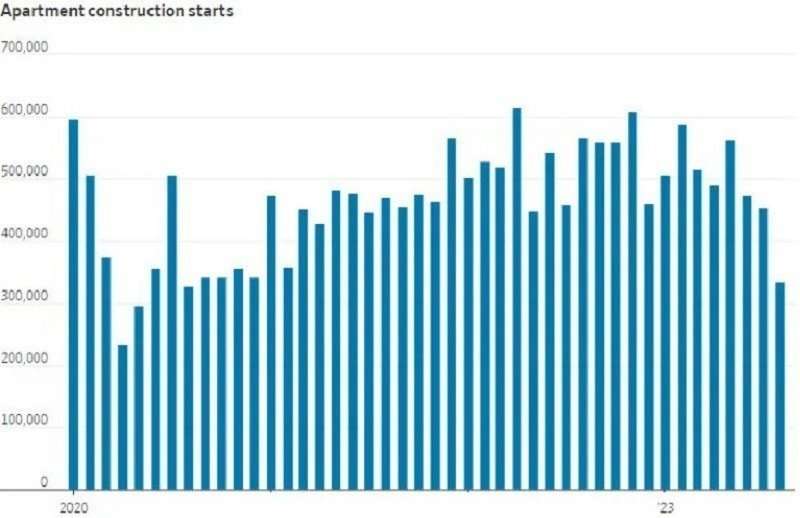
A Look at Metro Cities Leading and Lagging in Apartment Rental Growth
National supply-demand imbalances in multifamily housing affect pricing, leading to varied rent changes in different metro areas over the year.
National imbalances in multifamily housing between supply and demand can influence pricing power, with certain metro areas experiencing either oversupply or undersupply. The differentiation in these areas impacts how much rents have shifted over the past year.
National overview: As per a new report from Yardi Matrix, a straightforward indicator of these imbalances is the year-over-year change in rent prices. On a national scale, single-family rents have decreased for the second month in a row, landing at $2,104, marking a 0.4% year-over-year growth. Occupancy, however, remains steady at 95.9%, indicating strong demand.
Leading metros for growth: Diving into metro-specific data, areas in the Northeast and Midwest showed strong growth, likely due to limited new constructions there compared to the Sun Belt and West. The top five metro areas witnessing the highest growth include New York City (5.6%), New Jersey (5.2%), Chicago (4.0%), Indianapolis (3.8%), and Kansas City (3.6%).
Metros with declines: On the flip side, metros in the Sun Belt and West experienced a decrease in rents. The bottom five metros, based on approximated data, were led by Seattle (with an estimated decline of around -4.7% or -4.8%), followed by Atlanta, Las Vegas, Phoenix, and ending again with Seattle's -2.5%.
Between the lines: When dissecting the data based on lifestyle and "renter-by-necessity," the top lifestyle regions were New York City, Kansas City, Chicago, New Jersey, and Boston. The most significant drops in this category were seen in Austin, Atlanta, Phoenix, Portland, and Nashville. In contrast, for renters-by-necessity, who typically have fewer choices, New Jersey led the growth, followed by Indianapolis, New York City, Chicago, and Miami.
➥ THE TAKEAWAY
Big picture: The world of renting isn't one-size-fits-all. Different cities are seeing shifting trends, and the whole picture can be complicated. While national averages provide a broader picture, dissecting the data by metro and renter type offers critical insights for investors. The pandemic's impact, coupled with shifts in capital seeking yield, has notably influenced the balance of supply and demand, particularly in lifestyle rentals.
Source: A Look at Metro Cities Leading and Lagging in Apartment Rental Growth
https://www.creconsult.net/market-trends/a-look-at-metro-cities-leading-and-lagging-in-apartment-rental-growth/






